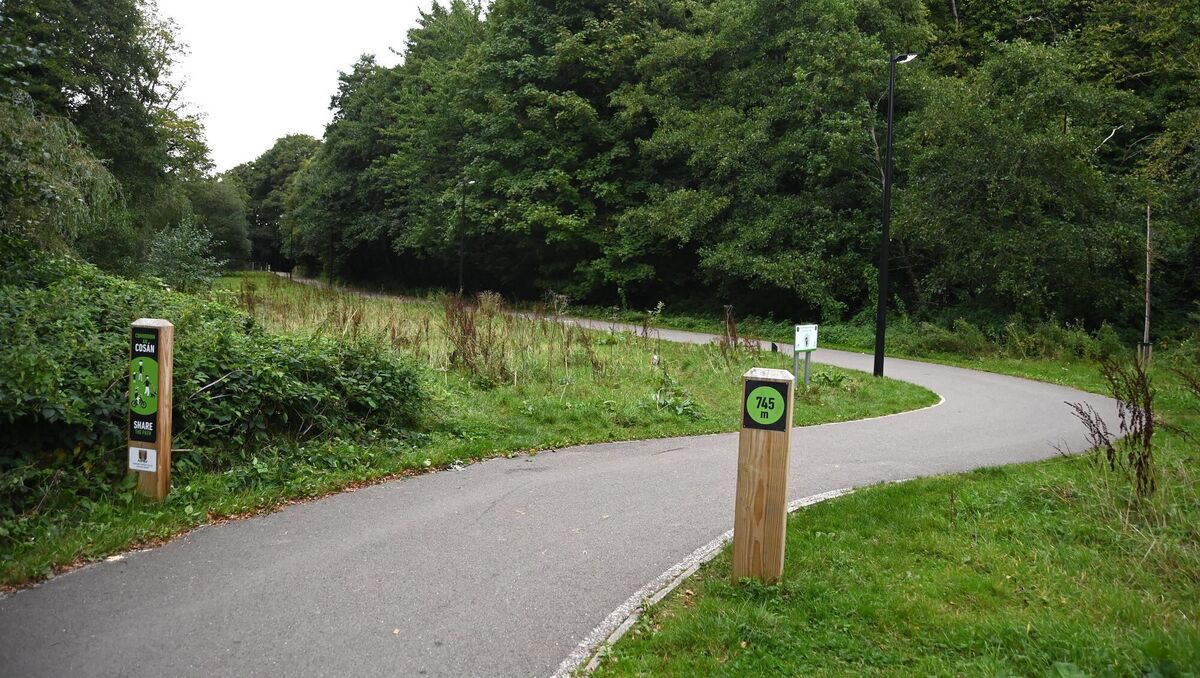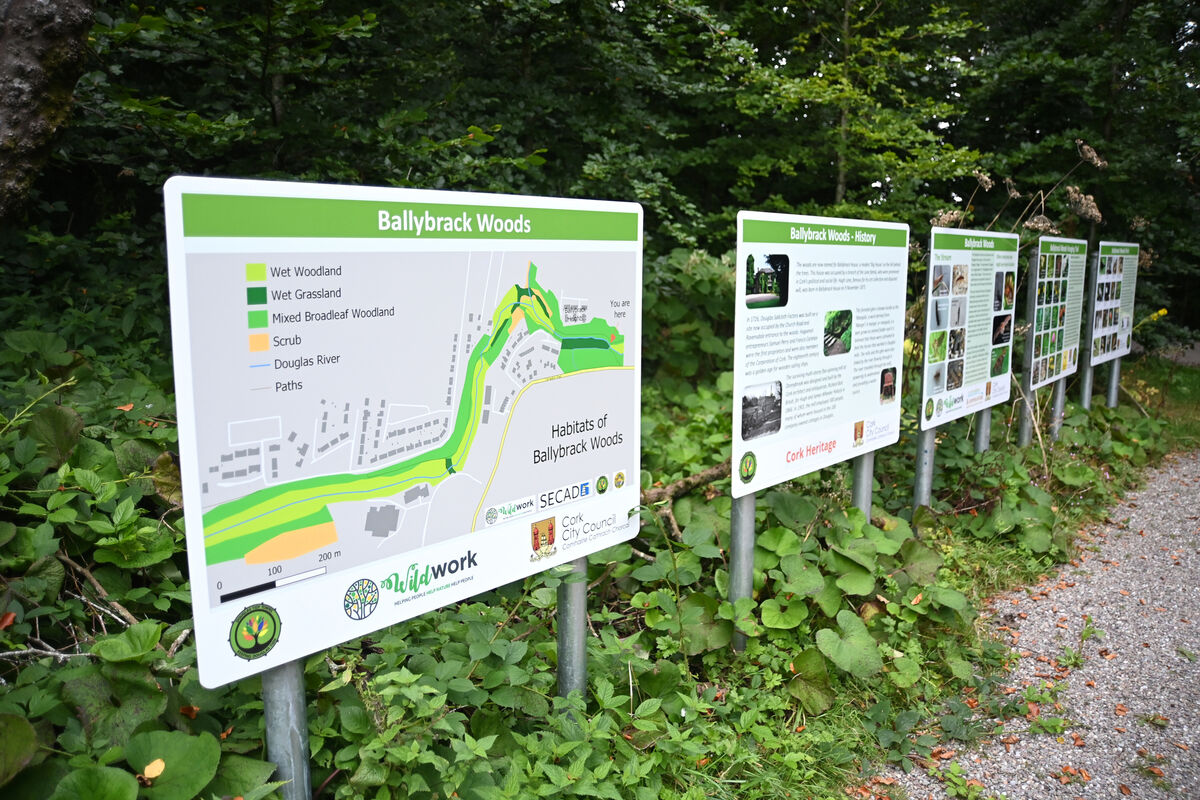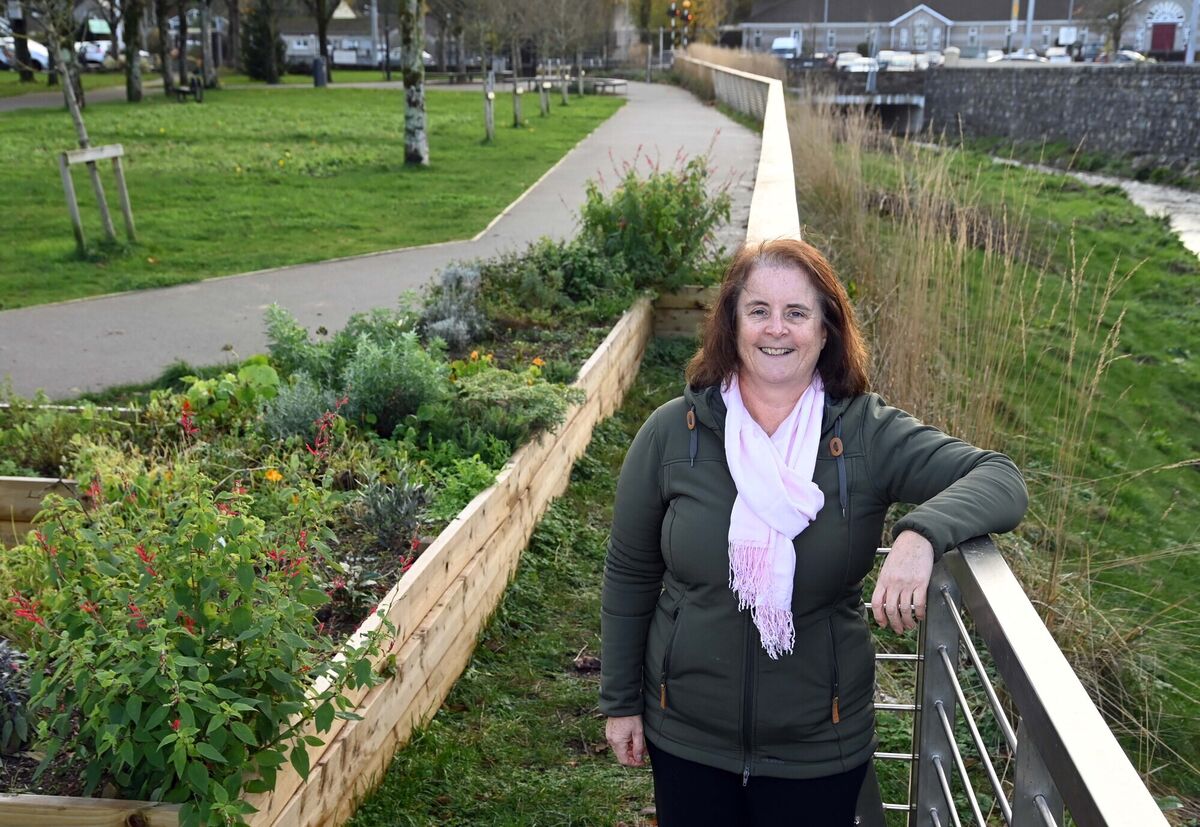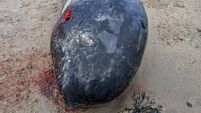Peter Dowdall: 'Ecosystems like Ballybrack Woods take time to develop'

The Ballybrack woods at Mangala Valley, Douglas, Co Cork. A bridge over the riverside walkway and woods, linking the Grange Road with the Carrigaline Road, had been proposed. Picture: Larry Cummins


Over 170 species of flora have been identified in the Mangala. Geranium purpureum, classified as an endangered species, has been recorded here. Bee species recorded included the large red-tailed bumblebee and the buffish mining bee, both of which are listed as “near threatened”.
The existence of such an environmentally complex and important locality so close to a built-up urban area is incredibly rare if not unique now in Ireland. This is something to be cherished and protected at all costs. You see, you can’t simply build one of these areas.
Yes, we can design and create zones using best practice and the correct species and in time, they may become as important, but ecosystems take that most precious of commodities, time, to develop.


CLIMATE & SUSTAINABILITY HUB












